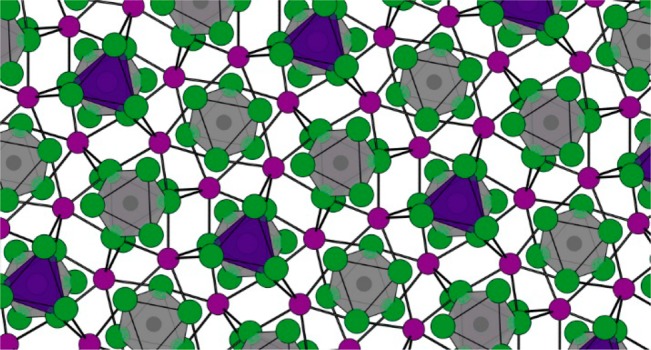- Record: found
- Abstract: found
- Article: not found
Zero-Dimensional Cesium Lead Halides: History, Properties, and Challenges

Read this article at
Abstract

Over the past decade, lead halide perovskites (LHPs) have emerged as new promising materials in the fields of photovoltaics and light emission due to their facile syntheses and exciting optical properties. The enthusiasm generated by LHPs has inspired research in perovskite-related materials, including the so-called “zero-dimensional cesium lead halides”, which will be the focus of this Perspective. The structure of these materials is formed of disconnected lead halide octahedra that are stabilized by cesium ions. Their optical properties are dominated by optical transitions that are localized within the individual octahedra, hence the title “‘zero-dimensional perovskites”. Controversial results on their physical properties have recently been reported, and the true nature of their photoluminescence is still unclear. In this Perspective, we will take a close look at these materials, both as nanocrystals and as bulk crystals/thin films, discuss the contrasting opinions on their properties, propose potential applications, and provide an outlook on future experiments.
Related collections
Most cited references103
- Record: found
- Abstract: found
- Article: not found
Tuning the Optical Properties of Cesium Lead Halide Perovskite Nanocrystals by Anion Exchange Reactions
- Record: found
- Abstract: found
- Article: not found
Materials processing routes to trap-free halide perovskites.
- Record: found
- Abstract: found
- Article: not found
